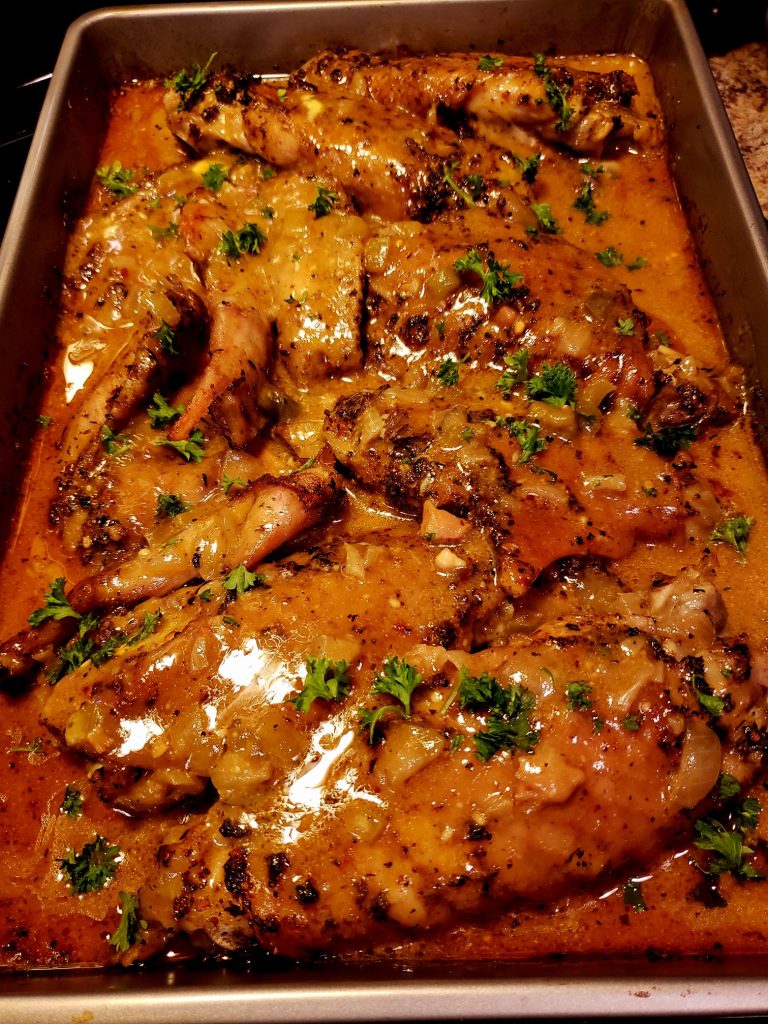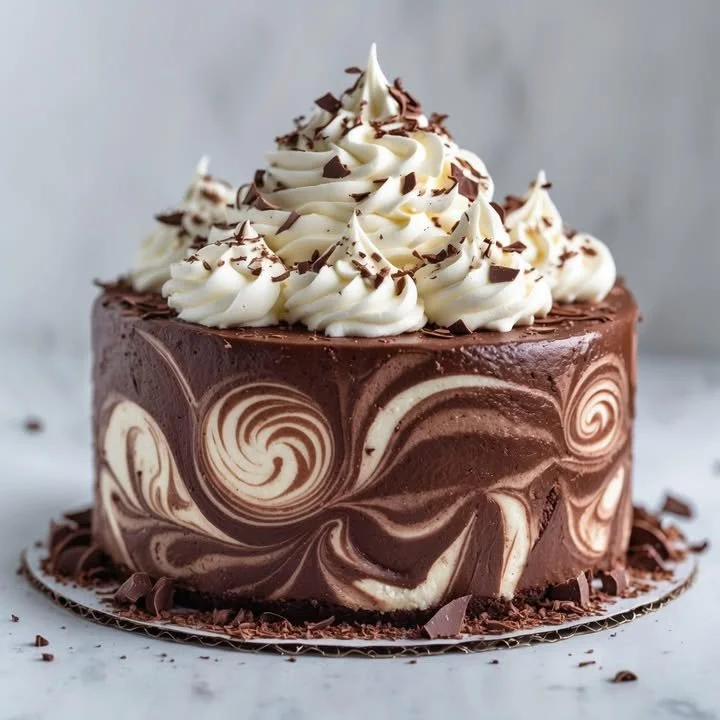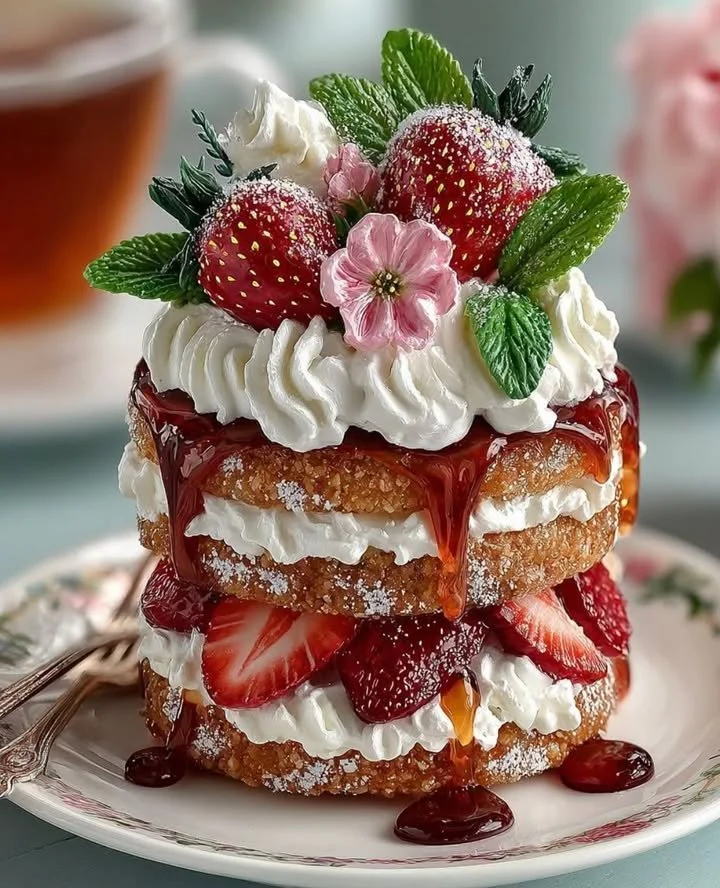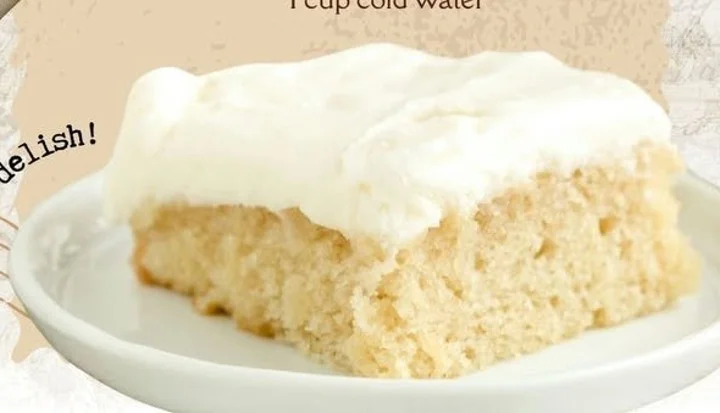Napoleon Cake
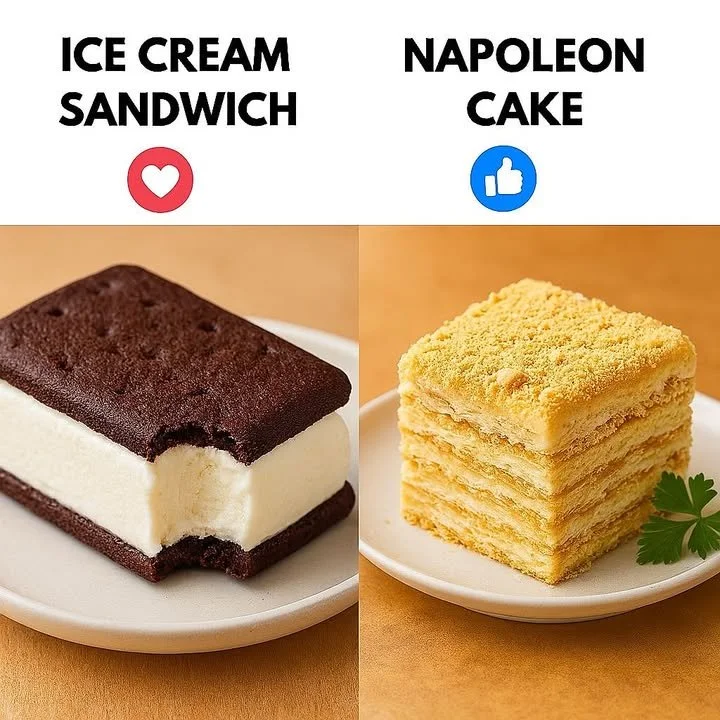
Introduction: My Cozy Memory of Napoleon Cake
Let me take you back to one of my favorite kitchen memories with my grandmother: the heady scent of fresh vanilla, the gentle crackle of golden, flaky layers, and all of us giggling as we tried (unsuccessfully) to cut a perfect slice of Napoleon cake. That first bite, with its blend of crispy puff pastry and dreamy custard cream, melted in my mouth and made me feel instantly at home. I’ve loved Napoleon cake ever since, and it’s a dessert I whip up whenever I want to treat my family—or just myself—to something truly special (it’s my go-to celebration cake, but honestly, Tuesday nights work too!). If you’ve ever craved a show-stopping layered dessert that’s easier to make than it looks, you’re in for a treat.
Why You’ll Adore This Napoleon Cake
Napoleon cake is more than just a pretty dessert—it brings so much joy to the table! Here are my favorite reasons you’ll absolutely fall in love with it:
- Dreamy Texture: Each bite is a perfect contrast between buttery, crisp puff pastry and unbelievably smooth custard cream. It’s comfort food with an elegant twist.
- Surprisingly Simple: It may look fancy, but using ready-made puff pastry makes this classic cake totally doable, even on a busy weeknight.
- Crowd-Pleaser: Napoleon cake gets attention wherever it goes—it’s one of those easy desserts that feels like a celebration all on its own.
- Erases Bad Days: No exaggeration, a chilled slice of homemade Napoleon cake can turn any day around. Every. Single. Time.
Ingredients You’ll Need for Napoleon Cake
Let’s chat about what you’ll need to make this rich, custardy, classic French dessert:
- Puff pastry sheets: I always use store-bought for ease (look for all-butter varieties in the freezer aisle for extra flavor). Just let them thaw before you roll and cut.
- Custard or pastry cream: You can make your own from scratch, or use a good-quality boxed version if you’re short on time—either way, make sure it’s silky smooth and well-chilled before layering.
- Powdered sugar: For that signature snowy finish on top; sift it on with a fine mesh sieve for a picture-perfect look.
- Glaze (optional): A simple vanilla or chocolate glaze adds a touch of decadent flair—totally optional, but fun if you’re feeling fancy.
Puff pastry is the star, while the luscious cream filling brings the magic, and a bit of powdered sugar is the cherry on top (well, not literally, but you get it!).
Step-by-Step Guide: Making the Perfect Napoleon Cake
Ready to bake? Here’s how I make Napoleon cake at home—promise, you’ve got this!
- Preheat and prep: Start by preheating your oven to 400°F (200°C). Thaw your puff pastry sheets as directed and gently roll them out on a floured surface so they’re even. This helps ensure even, crisp baking (no doughy spots!).
- Bake to golden goodness: Cut each sheet to your preferred size, prick all over with a fork (prevents puffing), and bake on a lined baking sheet for 12-15 minutes, or until deeply golden and crunchy.
- Cool completely: I know it’s hard to resist, but let the pastry layers cool before assembling. If they aren’t crisp enough, they’ll soak up moisture and lose their magic.
- Layer it up: Place your first pastry layer on a platter, spread a generous layer of custard or pastry cream, and repeat—think of it like building a big, delicious sandwich. Finish with one last sheet of pastry on top.
- Fancy finish: Sift powdered sugar all over. Drizzle with a glaze if you like, and let it chill in the fridge for 4-6 hours. This helps everything set up nicely.
My tip: Use an offset spatula for the creamiest, most even layers! Trust me, it’ll make your Napoleon cake look as good as it tastes.
My Secret Tips and Tricks for Napoleon Cake Success
Over the years, I’ve picked up a few tricks to guarantee Napoleon cake greatness (I’ve had my share of limp cakes, so save yourself!).
- Crispy pastry is key: Make sure your puff pastry is baked until very crisp and fully golden—you want layers that snap, not sag!
- Don’t skimp on the chill time: Napoleon cake needs time in the fridge to set—4 hours is my sweet spot. You’ll get neat slices and the perfect blend of textures.
- Sharp knife, gentle heart: Use a serrated knife to cut the cake, gently sawing back and forth (no smashing, please!).
- Homemade custard wins: If you’re up for it, making your own pastry cream with real vanilla (or even a touch of rum or orange zest) adds so much depth.
My favorite secondary keyword tidbit? Call this a “classic French Napoleon dessert,” and everyone at your table will think you’re a culinary genius.
Creative Variations and Ingredient Swaps
Want to put your own spin on classic Napoleon cake? Here’s how you can make it yours:
- Seasonal jam swirl: Spread a thin layer of raspberry, apricot, or strawberry jam between custard layers for bright, tangy flavor.
- Chocolate twist: Drizzle chocolate glaze—or even a sprinkle of shaved chocolate—on top for a mocha Napoleon dessert vibe.
- Dairy-free: Swap in coconut cream-based custard for a delicious dairy-free Napoleon pastry.
- Fruity upgrade: Add sliced fresh strawberries or kiwi between the layers for a refreshing touch (the best in spring and summer!).
- Lemon lover’s version: Sub in lemon curd for part of the custard for a zesty, sunny Napoleon.
Your creativity is the ultimate secret ingredient!
How to Serve and Store Your Napoleon Cake
Serving Napoleon cake is all about keeping those gorgeous, crisp layers intact (and winning friends with dessert!).
Serving tips:
- Use a sharp, serrated knife—wipe between cuts for the prettiest slices.
- Serve well-chilled; the flavors and textures are always best a few hours after assembly.
Storing tips:
- Keep any leftovers covered in the fridge (airtight is best) for up to 3 days.
- The pastry will soften over time, but honestly, the creamy texture can be even more luscious on day two. I call this the “midnight snack phase.”
- If you want to prep ahead, bake pastry layers and make the custard separately, then assemble a few hours before serving.
Whether you call it a Napoleon, mille-feuille, or custard slice, it always disappears fast (trust me!).
FAQs: Your Top Questions About Napoleon Cake Answered
Q: What’s the difference between Napoleon cake and mille-feuille?
A: Great question! They’re often used interchangeably—both feature layers of puff pastry and cream. French mille-feuille (“thousand sheets”) is sometimes topped with a marble glaze, while Napoleon cake can be dusted with powdered sugar or left plain. Either way, both are irresistible!
Q: Can I make Napoleon cake in advance?
A: Absolutely! Assemble it up to a day ahead (just keep covered in the fridge). The flavors actually meld beautifully as it rests.
Q: Why did my pastry layers go soggy?
A: Usually, this means the puff pastry wasn’t baked quite enough, or the cake wasn’t chilled long enough after assembly. Be sure your pastry is golden and fully cooled, and allow plenty of chill time for neat, crisp layers.
Q: Can I freeze Napoleon cake?
A: I wouldn’t recommend it—the custard tends to separate and compromise those crisp pastry layers. It’s best enjoyed fresh (no hardship there!).
Q: What’s the best puff pastry to use for homemade Napoleon cake?
A: All-butter puff pastry is my favorite for that rich, authentic flavor, but any good-quality frozen puff pastry works like a charm.
So there you have it—my heartfelt guide to making classic, irresistible Napoleon cake at home. I hope you’ll give this nostalgic bakery treat a try and share it with your favorite people (or savor a quiet slice all for yourself). If you make it, I’d love to hear how it turns out in the comments below—happy baking!
